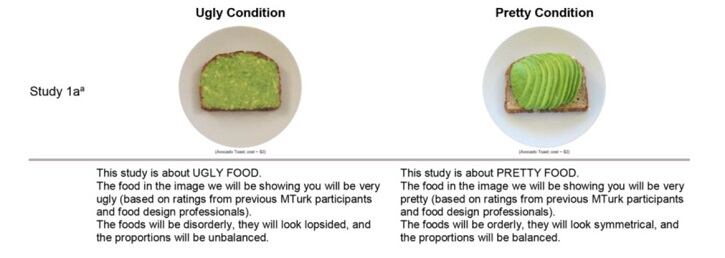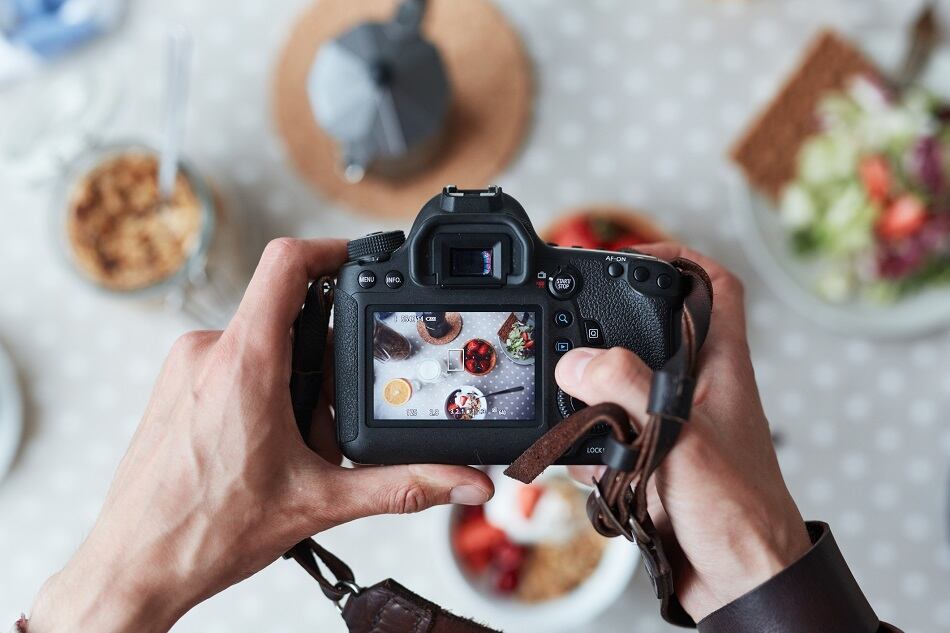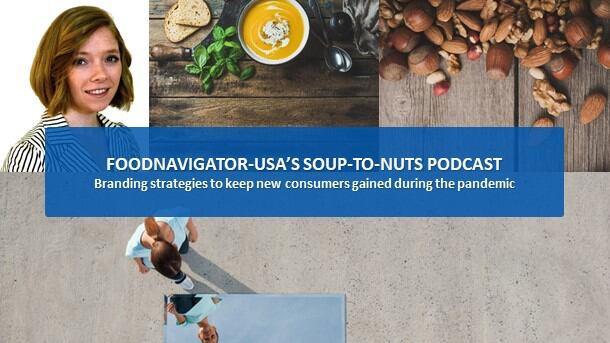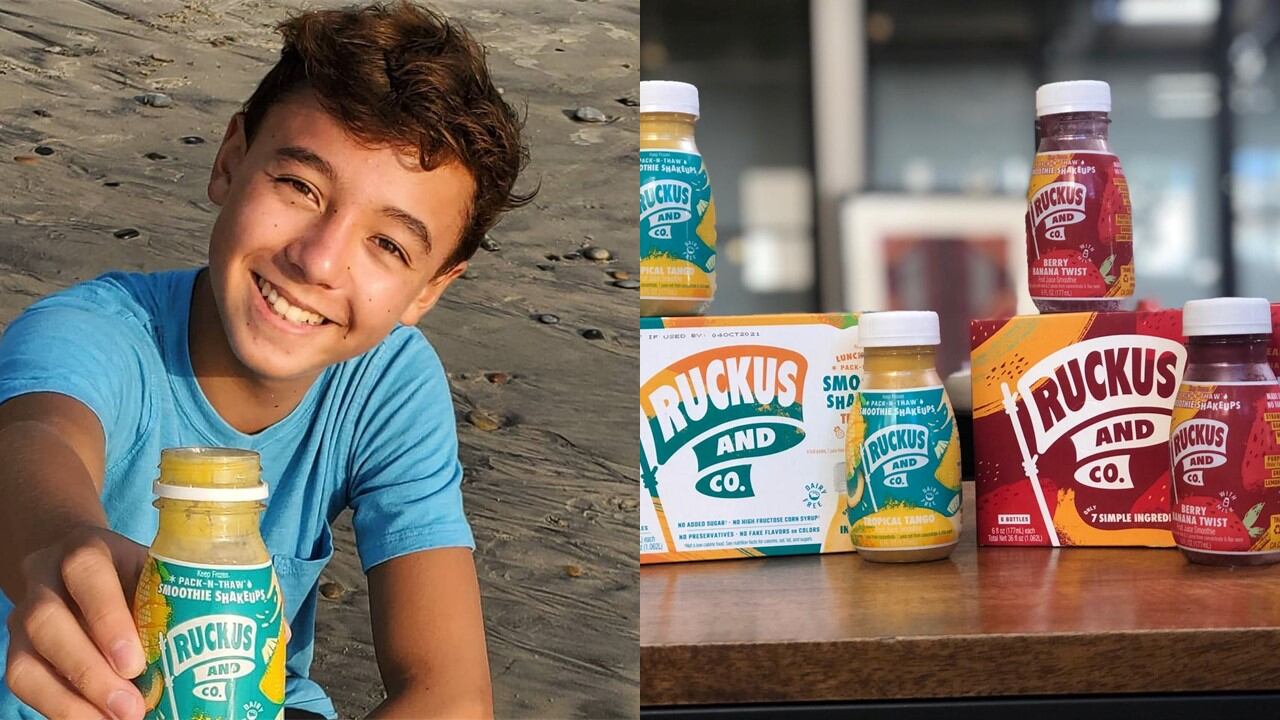Published in the Journal of Marketing, the study authored by Linda Hagen, a researcher from the University of Southern California, exposed that food aesthetics – specifically, prettier food following classical aesthetics principles (i.e. symmetry, order, and systematic patterns found in nature) – convey healthiness and naturalness to the consumer compared to “ugly” food that does not follow these same aesthetic principles.
The findings are significant because, as Hagen notes, beautiful or ‘pretty’ aesthetics are closely associated with pleasure and indulgence.
“This link with pleasure might make pretty food seem unhealthy, because people tend to view pleasure and usefulness as mutually exclusive. For instance, many people have the general intuition that food is either tasty or healthy, but not both,” she said.
On the other hand, Hagen adds, a specific type of aesthetics called "classical" aesthetics is characterized by the ideal patterns (e.g. symmetry) found in nature and when expressed in food styling through nature-like visual depictions may make food seem more natural to the consumer.
“Seeming more natural, in turn, may make the food seem healthier because people tend to consider natural things (e.g., organic food or natural remedies) to be healthier than unnatural things (e.g., highly processed food or synthetic chemicals),” she explained.
Study methods
For the study, 400 panelists in the US (54% women) were randomly assigned to evaluate the healthiness (calories, fat, and nutrients) of the same type of food in its ‘pretty’ and ‘ugly’ presentation.
For example, in one experiment, participants evaluated avocado toast. Before viewing the food, participants read the exact same description and pricing information of the avocado toast (1 slice of wheat bread and ½ an avocado with a price of ~$2).

Afterwards, participants rated the avocado toast on its perceived healthiness and naturalness.
Participants’ responses showed that the condition (e.g. sliced vs. mashed) has a significant effect on perceived healthiness of the avocado toast. Despite identical information about the food, respondents rated the avocado toast as overall healthier (e.g. more nutritious, fewer calories) and more natural (e.g., purer, less processed) if they saw the ‘pretty’ version (sliced) compared to the ugly (mashed) version.
As suspected, said Hagen, the difference in naturalness judgments drove the difference in healthiness judgments.
Experiments with different types of foods and prettiness manipulations returned the same pattern of results, she noted.
Impact on consumer behavior
What is the impact of pretty vs. ugly food on consumer behavior and purchase intent? Hagen noted on how in one field experiment people were willing to pay significantly more money for a pretty bell pepper than an ugly one.
In another study, she pointed out, even when people had financial incentives to correctly identify which of two foods contained fewer calories, they were more likely to declare a target food to be the lower calorie option when it was pretty than when it was ugly.
The research findings have different implications for food brand marketers and public health advocates, said Hagen.
"Classical aesthetics may be a costless and subtle new way to convey naturalness and healthfulness -- attributes that consumers increasingly demand in food products,” said Hagen.
“At the same time, pretty food presentation may optimistically distort nutrition estimates and negatively impact dietary decisions. Given these findings, policy-makers may want to consider modification disclaimers as an intervention or strengthen regulations around providing objective nutrition information with food images."
Hagen added that the research is limited to impact of classical aesthetics in food presentation and the findings do not encompass other interpretations of beauty such as those found in “expressive” aesthetics, which please through imaginative execution of creative ideas (e.g. food cut in fun shapes or arranged to depict a scene).



